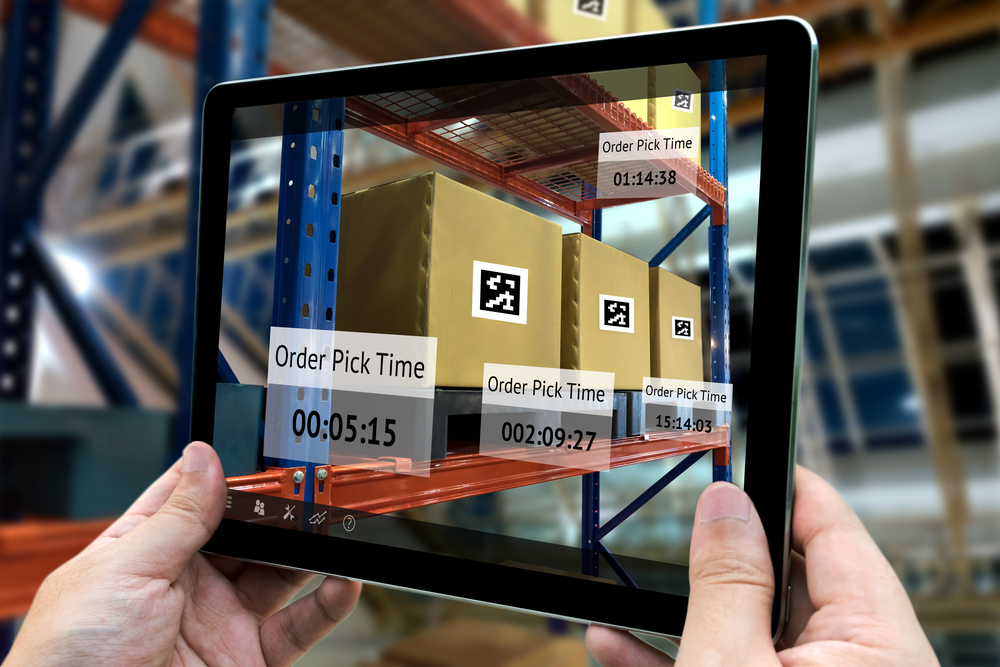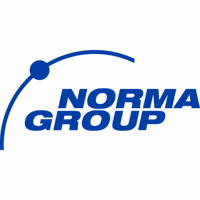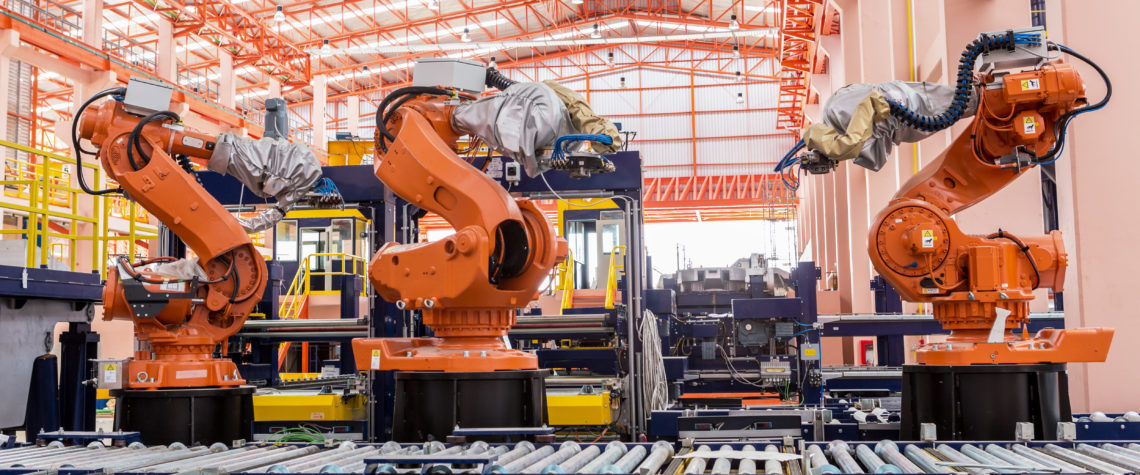This post is also available in: Deutsch
Digitalization and the Internet are finding their way into industry and driving comprehensive networking. This digital step represents a paradigm shift.
It includes not only the machines, components and equipment used in production, but also their networking with other internal business processes, even with customers and suppliers, and beyond company boundaries.
Industry is under pressure: It has to deliver a high degree of efficiency and flexibility.
For example, industrial processes in production, engineering, material use and the processes included in the supply chain and life cycle management can be completely optimized as outward activities in companies.
This is Industry 4.0. This development holds great potential: Individual customer wishes can be taken into account in the future, productivity can be increased at the same time that resources are used more efficiently and work can be designed to be socially acceptable.

Industry is increasingly under pressure to work even more efficiently and retain customers. Furthermore, customers often place orders with short lead times and this requires a high degree of efficiency and flexibility on the part of industry.
This phenomenon can be observed in the steel industry, for example. This is why companies digitally network their rolling mills with their customers. The customer’s systems are connected to the production system. This means the customer has direct access to the production system at all times. The customer can place an order up to 24 hours prior to production and determine all production parameters like quantity, dimensions, quality.
Zero defect production – how?
The goal is to link the customer with the manufacturer by giving him timely and flexible influence over the production process. Behind this is the vision that the rolling mills could one day be able to roll anything. This requires a fast and flexible response from technology, which is only possible by using innovative information technology.
Products must be of high quality and offer a perfect fit. Especially in the automotive industry, components are manufactured in series production in high volumes and with low tolerances. Here, rejects increase inefficiency by exceeding the tolerances. This can often not be avoided, however.
The competition is getting fiercer and increasingly gaining momentum. Industry 4.0 is a chance.
Product-specific measurement systems are a solution for the challenge of producing high-quality and tailor-made products. These systems can be integrated into or be placed at the end of the customer’s production facilities and network with them in real time.
When passing through the measuring devices, the length, width, shape, plan runs and carousels of a component are measured, for example. The measuring system can also perform additional functions such as weighing or inspecting for cracks, hardness or surface conditions. The measurement results are reported directly to the control system of the manufacturing plant by the respective measuring system.
The risks of Industry 4.0
This makes it possible to react immediately and automatically to deviations in tolerance. It is then possible to adjust manufacturing immediately without producing any waste products. These types of measuring systems create transparency, which is very important for process optimization in real time.
In the intelligent factory of the future, a comprehensive link will be sought. Machinery and components can thus communicate with one another and act (almost) autonomously – partly without human intervention. But this also leads to high volumes of data, which are usually available on the Internet.

Digital networking via the Internet also incurs risks. The focus is primarily on IT security. Exchanging data via the Internet and cloud-based storage exposes IT structures to outside attacks. There is a risk that the data can be stolen, interactions can be disturbed and entire system structures paralyzed or industrial espionage can be conducted.
In the intelligent factory, every step that an employee takes will be recorded and analyzed. Thus, there is also a danger for us humans and for the employees. The employee becomes transparent to a certain extent; protecting data can become more difficult.
The question of how the requirements on the quality of the workforce will be affected by the growing autonomy of machines and robots also arises.
Balance between innovation and productivity
The bottom line is that only very few companies will be able to escape Industry 4.0. Customers are demanding multivariable products, at the same time, product lifecycles are getting shorter. The competition is getting fiercer and increasingly gaining momentum.
Thus, one should consider Industry 4.0 as a chance. Rigid planning and production processes can be overcome; the leading technological position of business can be developed even further.
However, in the end, it is just as important to find the right balance between innovation and productivity, on the one hand, and security and privacy on the other.





One response to “Chances and Risks of Industry 4.0”
Rocketmail customer support
Every industry runs on risks and chances. You explained very well information because chances and risks are very helpful to know for running the business and growth of the business.